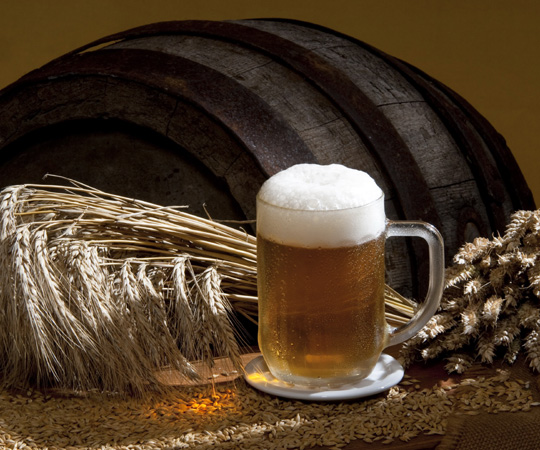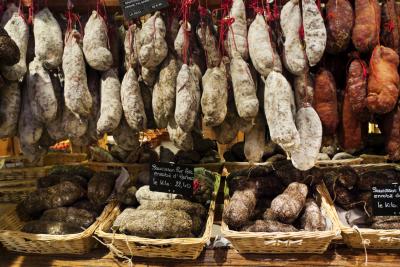It is hard to imagine life without the fridge, and for those who need a repair, it’s easy to understand how inconvenient storing food without one can be. Temporary solutions can include eating a lot of takeaways, buying canned goods or popping a carton of milk in a sink full of cold water.
Before the common refrigerator was invented and mass produced, what alternatives did people use?
Historically, preservation of food was a necessity; without stored foods, starvation and malnutrition were very likely and often people relied heavily upon seasonal items. That’s fine in the harvest time, but come certain periods in the year, seasonal foods alone would not suffice; what is more, harvest bounties could be plentiful if only the produce didn’t spoil!
Lots of current foodstuffs exist today, as a result of early preservation techniques, but now that we do have refrigerators, we get both fresh and long-life products to choose from.
Alcohol – the good old pint of beer was once a preservation technique to (ironically) keep water safe. This was probably an accidental discovery and not so much about creating alcoholic drinks, but more about using fermentation as a preservative. Around 10,000 BC fermentation was believed to be in full swing; possibly discovered when some rain water and barley seeds mixed. The outcome, beer, was a highly prized commodity and remains on “the menu” today.
Seasons and Location – ancient civilizations certainly had to combat nature to survive and evolve and this led to simple, yet innovative, techniques still used today. When or where it was cold, food could be frozen in ice; when or where it was hot, fruits and berries sun-dried. It may seem obvious to us, but such techniques were a matter of life or death. In other areas other methods of drying were used, like wind drying and even specialist kiln houses were built where fires did the job if the weather couldn’t. Hey presto! Dried herbs, vegetables and fruits produced and stored.
Jams – yes, jams, otherwise actually known as ‘preserves’ were a suitable way to stock up on fruits over the darker months. In this instance, the preserving agent was sugar. Where sugar cane was not available, honey was a common preservative for fruits. Delicious.
Pick a Pot of Pickle – For real longevity, pickling is another method used in years gone by. It is suspected this form of preservation started accidentally when foods were placed in beer to keep them edible. Alcohol essentially becomes vinegar through a few chemical reactions (starch or sugar in alcohol is the first step to making vinegar) and this type of preservation is distinctive in taste. As a result a whole host of pickles (think onions for example), relishes and even fish pickle were available all year.
Other methods, especially important and developed during medieval times, include meat and fish curing, drying and smoking. Useful for thinner cuts of meat, smoking over a fire provided flavour also; think about this the next time you pick up a pack of smoky bacon.
Failing these methods, salting was another popular method in ensuring meat kept over extended periods of time. A cut of meat in a tub, completely surrounded and covered by salt, left out in cool weather could actually last for years!
Thankfully we don’t need to go to that much trouble these days as our fridges are finely tuned to keep food fresh at just the right temperature range. Furthermore, if a fridge does develop a fault, efficient and timely repairs can be carried out by specialist engineers.
Still, it might be nice to make a pot of jam or two, just for fun……
.


